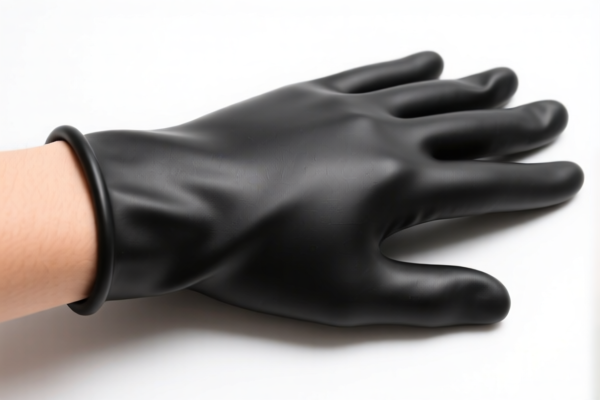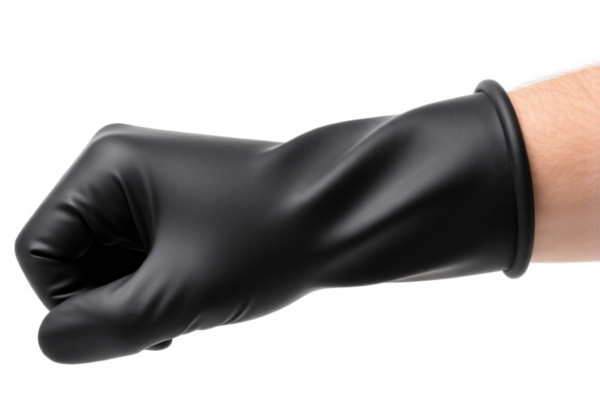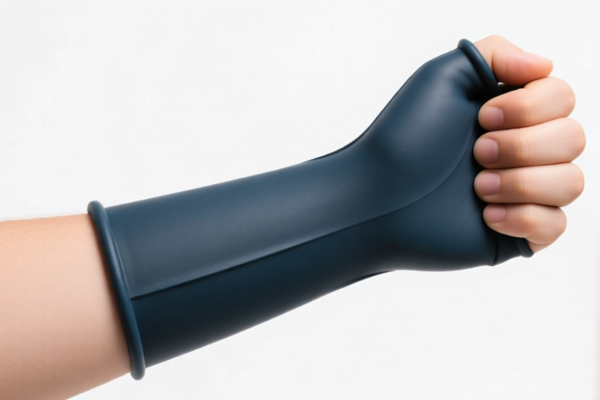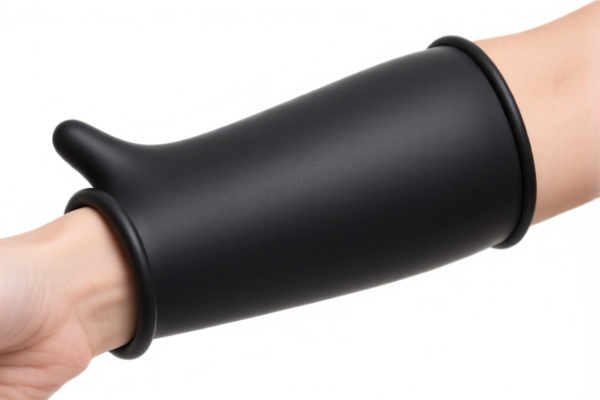| HS Code | Official Doc | Tariff Rate | Origin | Destination | Effective Date |
|---|---|---|---|---|---|
| 6815994170 | Doc | 55.0% | CN | US | 2025-05-12 |
| 3910000000 | Doc | 58.0% | CN | US | 2025-05-12 |
| 3910000000 | Doc | 58.0% | CN | US | 2025-05-12 |
| 3926904000 | Doc | 32.8% | CN | US | 2025-05-12 |
| 3926909905 | Doc | 42.8% | CN | US | 2025-05-12 |
| 4016990500 | Doc | 40.9% | CN | US | 2025-05-12 |
| 4016995500 | Doc | 57.5% | CN | US | 2025-05-12 |
| 4005910000 | Doc | 55.0% | CN | US | 2025-05-12 |
| 4005990000 | Doc | 55.0% | CN | US | 2025-05-12 |




Silicone Sleeve
A silicone sleeve is a protective covering, typically cylindrical or shaped to conform to an object, manufactured from silicone elastomer. It is valued for its flexibility, heat resistance, chemical inertness, and dielectric properties.
Material:
- Silicone Elastomer: Predominantly composed of siloxane polymers (chains of silicon, oxygen, carbon, and hydrogen). Different grades of silicone exist, offering varying levels of hardness (measured in Shore A), tensile strength, and temperature resistance. Common types include:
- Medical Grade Silicone: Biocompatible, used in applications requiring contact with the human body.
- Industrial Grade Silicone: More durable, resistant to harsher chemicals and higher temperatures.
- Food Grade Silicone: Compliant with food safety regulations, used in kitchenware and food processing.
Purpose:
The primary purpose of a silicone sleeve is protection. This can encompass:
- Thermal Insulation: Shielding objects from extreme temperatures (both hot and cold).
- Electrical Insulation: Preventing electrical conductivity and short circuits.
- Chemical Resistance: Protecting against corrosive substances.
- Physical Protection: Guarding against abrasion, impact, and vibration.
- Grip Enhancement: Providing a textured surface for improved handling.
- Sterilization: Allowing for repeated sterilization without degradation (particularly medical-grade silicone).
Function:
Silicone sleeves function by encasing the object to be protected, utilizing the inherent properties of silicone:
- Flexibility: Allows for easy application and removal, even on irregularly shaped objects.
- Elasticity: Provides a snug fit and maintains protection even with slight movements or deformations of the underlying object.
- Water Resistance: Repels water and prevents moisture ingress.
- Dielectric Strength: Offers excellent insulation properties, preventing electrical current flow.
Usage Scenarios:
Silicone sleeves find applications in a wide range of industries:
- Medical: Covering medical devices (catheters, tubes, electrodes) for patient safety and hygiene.
- Automotive: Protecting wires, hoses, and connectors from heat, chemicals, and abrasion.
- Electronics: Insulating electrical components and providing strain relief for wires.
- Food & Beverage: Wrapping handles for cookware, protecting bottles and containers, and creating molds.
- Industrial: Insulating pipes, valves, and other equipment in harsh environments.
- Consumer Products: Handles for tools, grips for sporting equipment, and protective covers for remote controls.
Common Types:
- Heat Shrink Silicone Sleeves: Expand when heated and contract when cooled, providing a tight, form-fitting seal.
- Extruded Silicone Sleeves: Manufactured by forcing silicone through a die, resulting in a continuous tube or profile.
- Molded Silicone Sleeves: Created using injection molding or compression molding, allowing for complex shapes and features.
- Braided Silicone Sleeves: Incorporate a braided reinforcement layer for increased strength and flexibility.
- Self-Fusing Silicone Sleeves: Bond together when heated, creating a permanent, waterproof seal.
- Finger/Tubular Sleeves: Small diameter sleeves used for individual component protection or as a grip enhancement.
Based on the provided information, “silicone sleeve” can be classified under the following HS codes:
- 3910.00.00.00: Silicones in primary forms. This HS code covers silicone materials in their basic, unprocessed state. Chapter 39 relates to plastics and articles thereof. Heading 3910 specifically addresses silicones.
- 4016.99.05.00: Other articles of vulcanized rubber other than hard rubber: Other: Other: Household articles not elsewhere specified or included. This HS code applies to articles made from vulcanized rubber, excluding hard rubber, and includes household items not specifically categorized elsewhere. Chapter 40 covers rubber and articles thereof. Heading 4016 focuses on vulcanized rubber.
- 4016.99.55.00: Other articles of vulcanized rubber other than hard rubber: Other: Other: Vibration control goods of a kind used in the vehicles of headings 8701 through 8705. This HS code is for vibration control goods made of vulcanized rubber used in vehicles. Chapter 40 covers rubber and articles thereof. Heading 4016 focuses on vulcanized rubber.
Regarding HS code 3910.00.00.00, the material is in primary forms.
Regarding HS code 4016.99.05.00 and 4016.99.55.00, these codes cover articles made from vulcanized rubber. It is important to determine if the silicone sleeve is considered a household article or a vibration control good for vehicles to select the correct HS code.
Customer Reviews
No reviews yet.